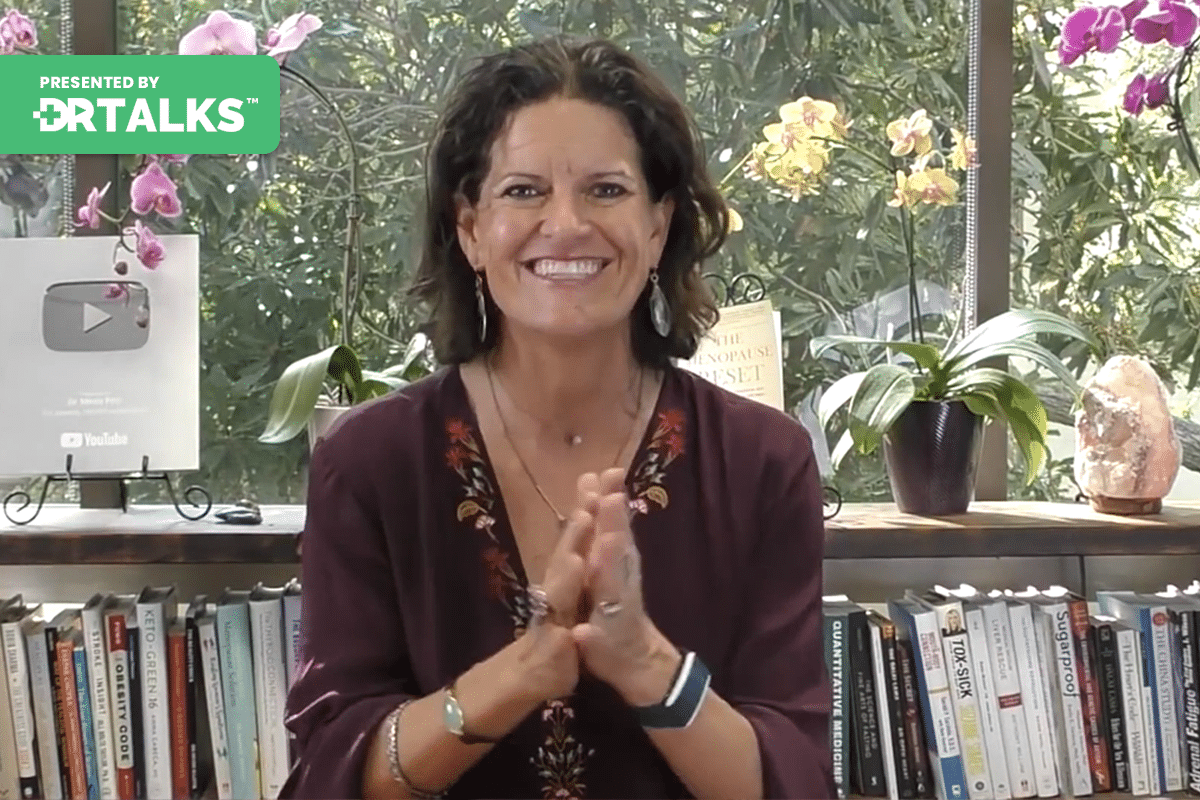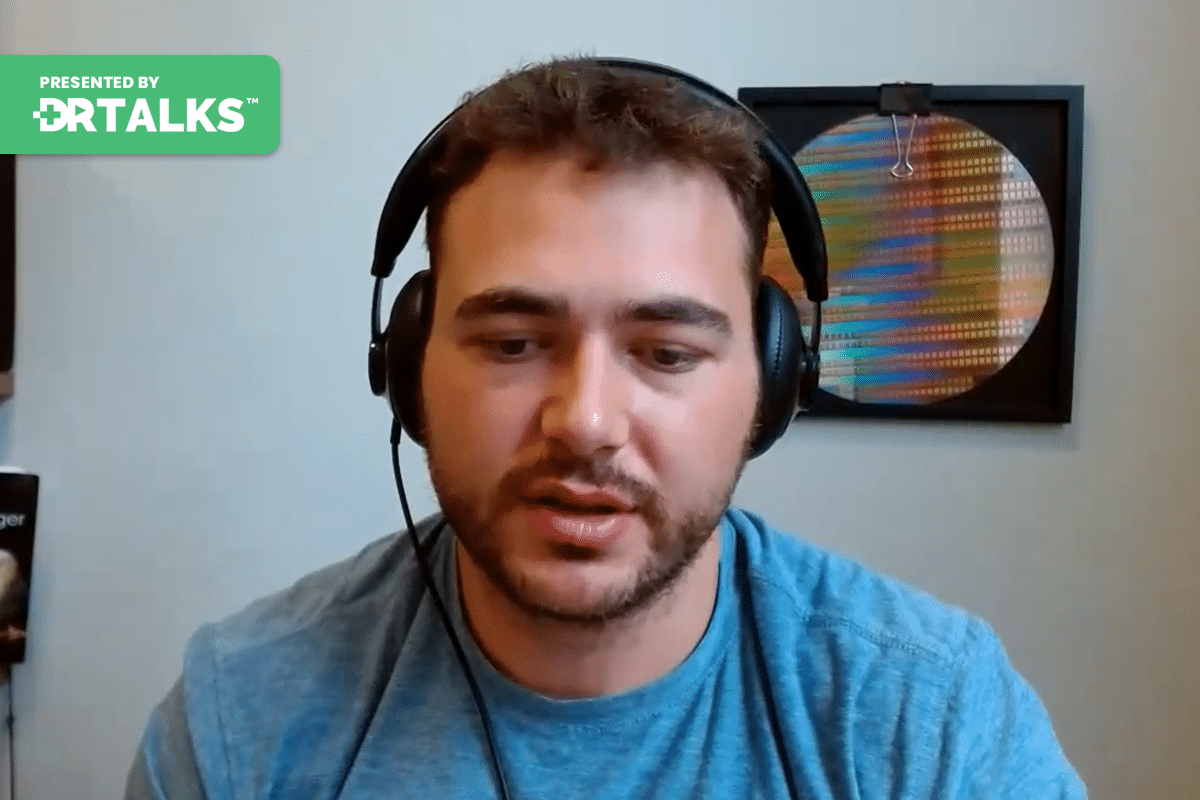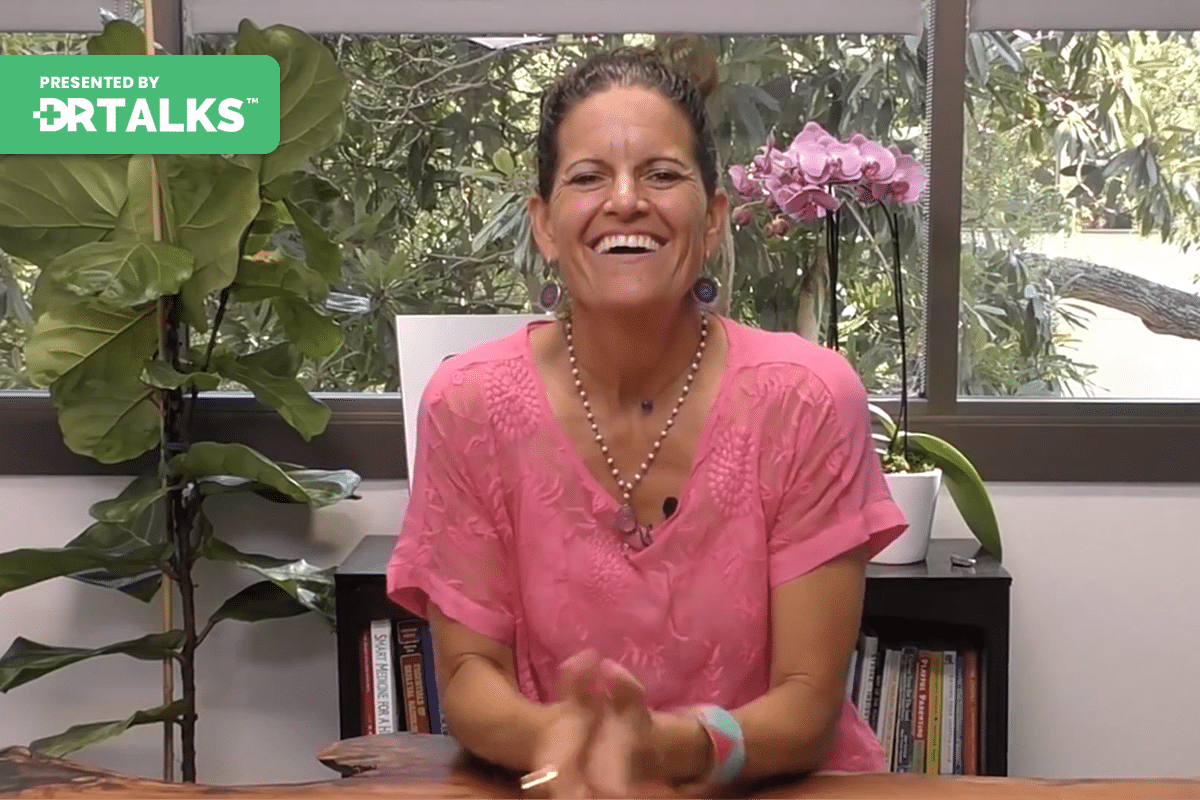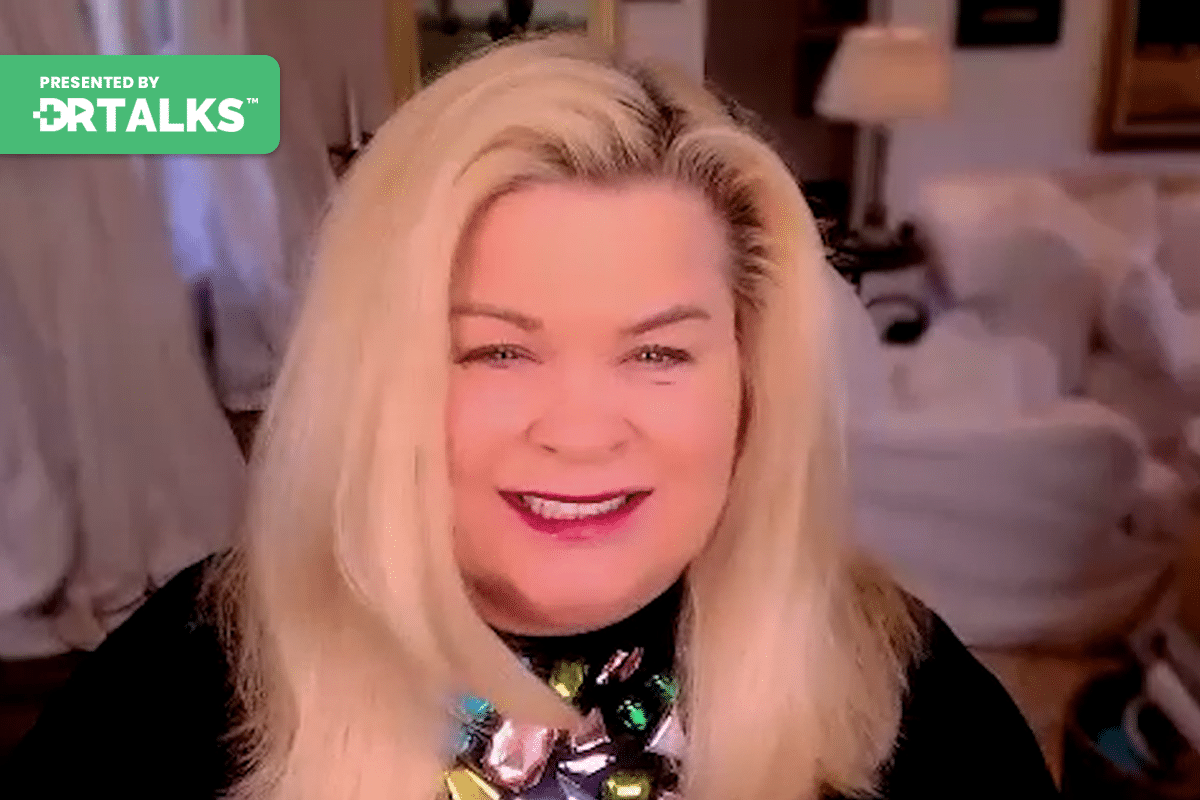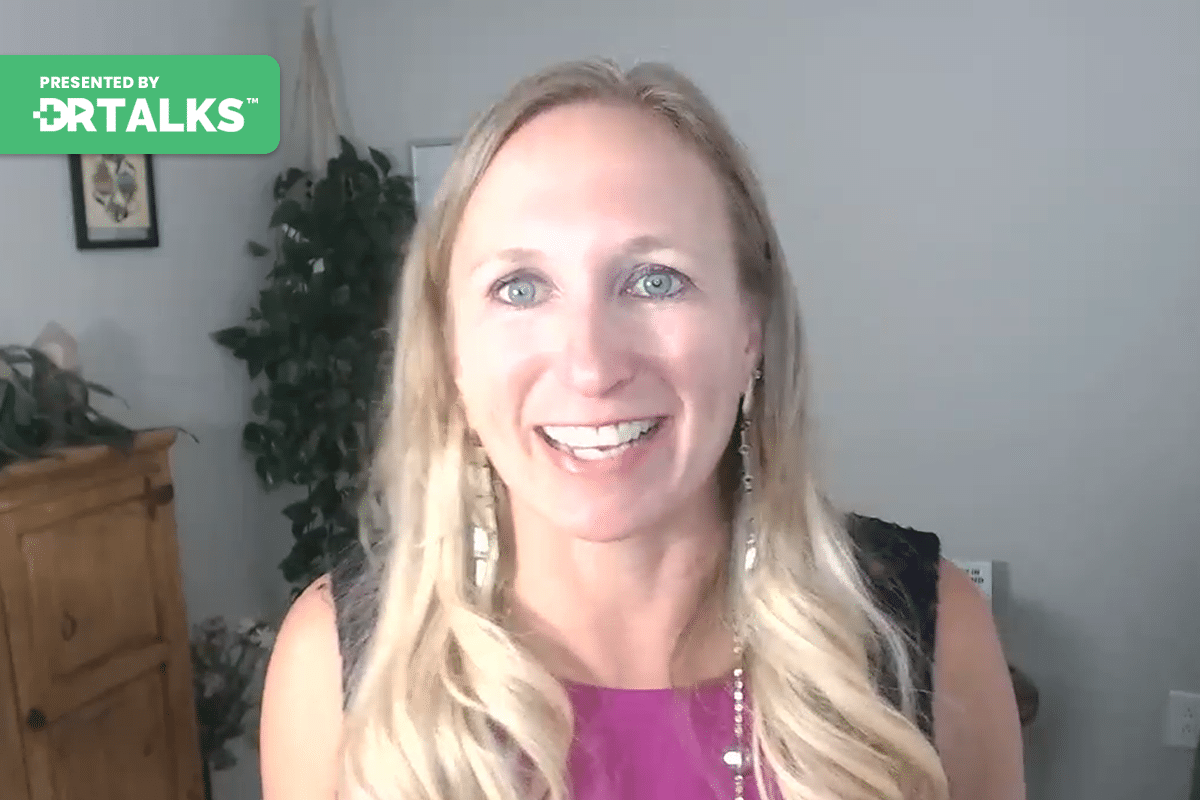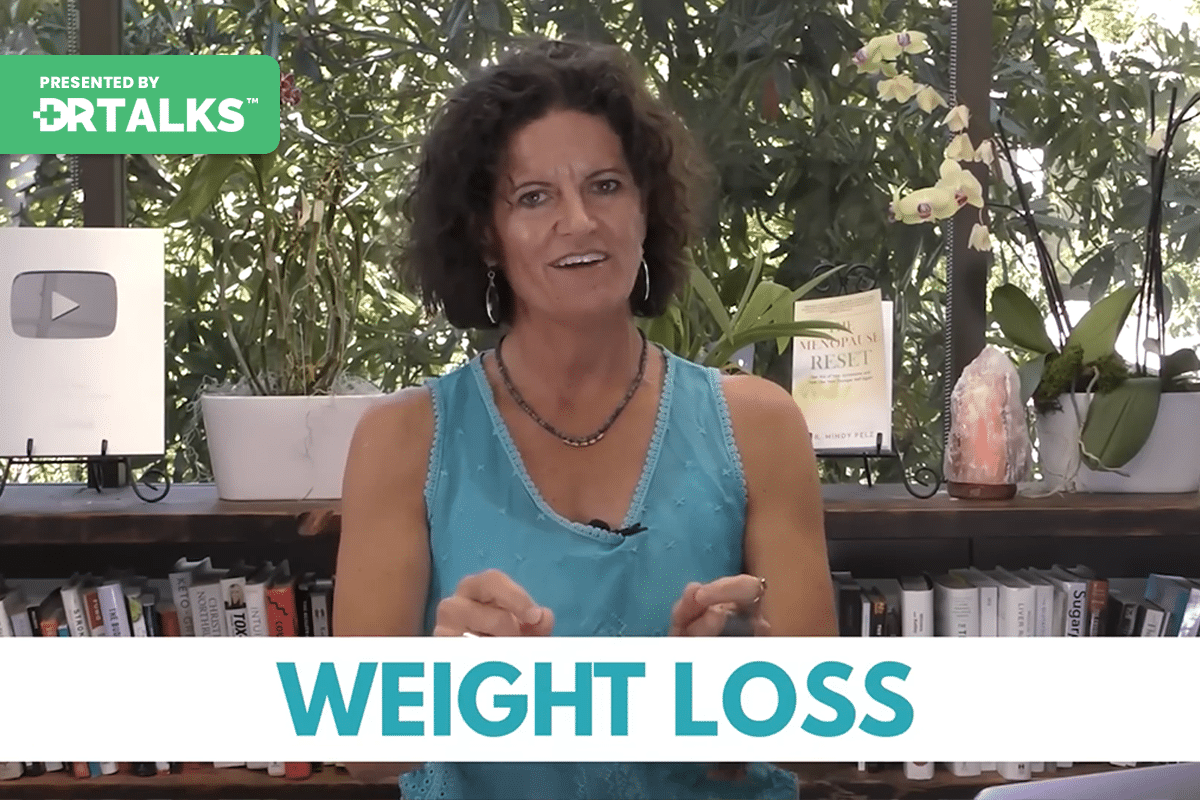Mindy Pelz, DC
So many people have a misunderstanding about what your flippin’ metabolism is. And so let’s start here. What is your metabolism? When people at people would come into my office all the time and be like, I think my metabolism is slow. What does that mean? What is that metabolism? So here we’re going to make it really simple. When we talk about metabolism, I want your brain to translate that into how is my body making energy right now. And there are only two ways that your body will make energy. One is from sugar and one is from fat. So the first thing we’ve got to realize is that if we’re going to speed up our metabolism, we have to use both of these energy systems to our advantage. When we’re eating, we’re sugar burners. When we’re fasting, we’re fat burners. So the first thing you want to do if you want to have a faster metabolism is know how to go in and out of these two systems. Now, here’s what I want you to know right now, is that if all you’ve ever done is diet, you tried to restrict your calories. You’ve tried to take food out of your life. I want to give you the power back and tell you that the reason you failed at diets is not you. It’s because diets fail and it’s not your fault. It’s the diet’s fault because when we look at dieting, all we’ve done is try to manipulate the sugar burner system.
So when we come to fasting, we’re now going into the fat burner system and we’re going to learn how to switch in and out of these two systems over the next six videos so you can finally get your metabolism as high as you possibly can. So you can start to burn fat, but you got to work with both systems. Okay. So that’s step number one. So step number two is how do we use fasting to get this metabolism to speed up? We want a high metabolism. So how do we get it to speed up? So the first thing you’re going to do is you’re going to learn to compress your eating window. So if this is new to you, then what I’m going to tell you is that there is an art to how you approach fasting. And it starts by taking all the food you eat and compressing it into a short time period. So when we put our food in one small, little eating period, we leave an elongated period in our 24 hours for fasting. And it’s this longer fasting period where our metabolism speeds up. Now, once we’ve got this art of this condensed, condensed eating window, then now we’ve got to learn how to switch in and out of food and fasting. So let’s dive into the science. I love the science. Cell Metabolism says that the best eating window, the best time period is 8 to 10 hours in a day, and you become metabolically immune from any diet, any poor diet. So high fat, high sugar, western diet. As long as you’re eating that in an 8 to 10-hour window, giving your body more time for rest, then your metabolism is going to be higher, higher than if you eat that same meal throughout a longer period of time, 12, 14 hours in a day. So this is really exciting. So to answer the question of this video, can fasting speed up your metabolism? The answer is heck yeah, it can. But what we’ve got to do is we’ve got to learn how to go in and out of food, in and out of fasting. We’ve got to take our eating window and start to compress it. You are going to fast for 16 hours. We are going to model what I call or what the world of fasting calls 16/8. You fast for 16 hours and you’re eating window is 8 hours. So that window, that’s up to you. Maybe you are going to eat breakfast at 10 and you’re going to finish at 6 o’clock at night. There’s your 8-hour eating window and the rest of the time you’re going too fast.
So we are actually mimicking one of the most famous fasting studies that was done in cell metabolism with this 8-hour eating window. We are not going to eat in the morning. We’re going to make sure we are not eating first thing in the morning and we’re going to make sure that we are not eating 2 hours before you go to bed. Nothing. No drinking wine, no beer, no alcohol, no dessert, nothing. So you are going to finish putting anything in your mouth two hours before bedtime. Next, when you are eating in that 8-hour eating window, you are only eating three meals a day. So a lot of you guys who are avid fasters, maybe looking at this going, that’s not that big of a deal. It’s like I want to take you and put you in the cell metabolism study. So that we can watch how this magic metabolic magic works in your body. So even if you can knock out a 3-day water fast like nobody’s business, then I still want you to try this. Because sometimes going in and out of these fasts really speeds up the metabolism and gets it much higher. Okay, so then you’re going eat three meals a day in your eating window. Next thing, when you break your fast, you’re going to break it with protein. So you can break it with eggs. You can do a protein shake, you can do a sausage. You can do whatever you’re going to break it with protein. Now, I know you’re going to ask me, “What Protein only?” Mostly protein only. I want that meal to be 90% protein.
So you can put a few little vegetables, maybe a little fat. But I want you to understand the power of protein. Okay. The other rule to the food you eat during this time is no refined carbs, no refined sugars, no chemical ingredients, and no bad oils. If you are not going to eat 2 hours before you go to bed and you’re not going to eat the first hour you get up. Now I give you the 10 to 6-hour window, but it’s really up to you. You can, you know, you can make and take that 8 hours and move it around. Maybe you want to do 8 in the morning and finish eating at four. That’s a really good weight loss window. Maybe you want to go 12-eat, start your first meal at 12 and finish at 8. You get to decide what you want to do on that but it’s an 8-hour window, 16-hour fast, three meals within that, no snacks you’re going to break. That first meal has to be protein. 90% of that meal is protein. And we’re not we’re going to mind those melatonin moments so that we can make you more insulin sensitive. As always, you are a metabolic miracle. Fasting is going to show you how. So I’m excited for fast training. We can’t see the results. Can’t wait to see the results you guys are going to get. Hope that helps.

